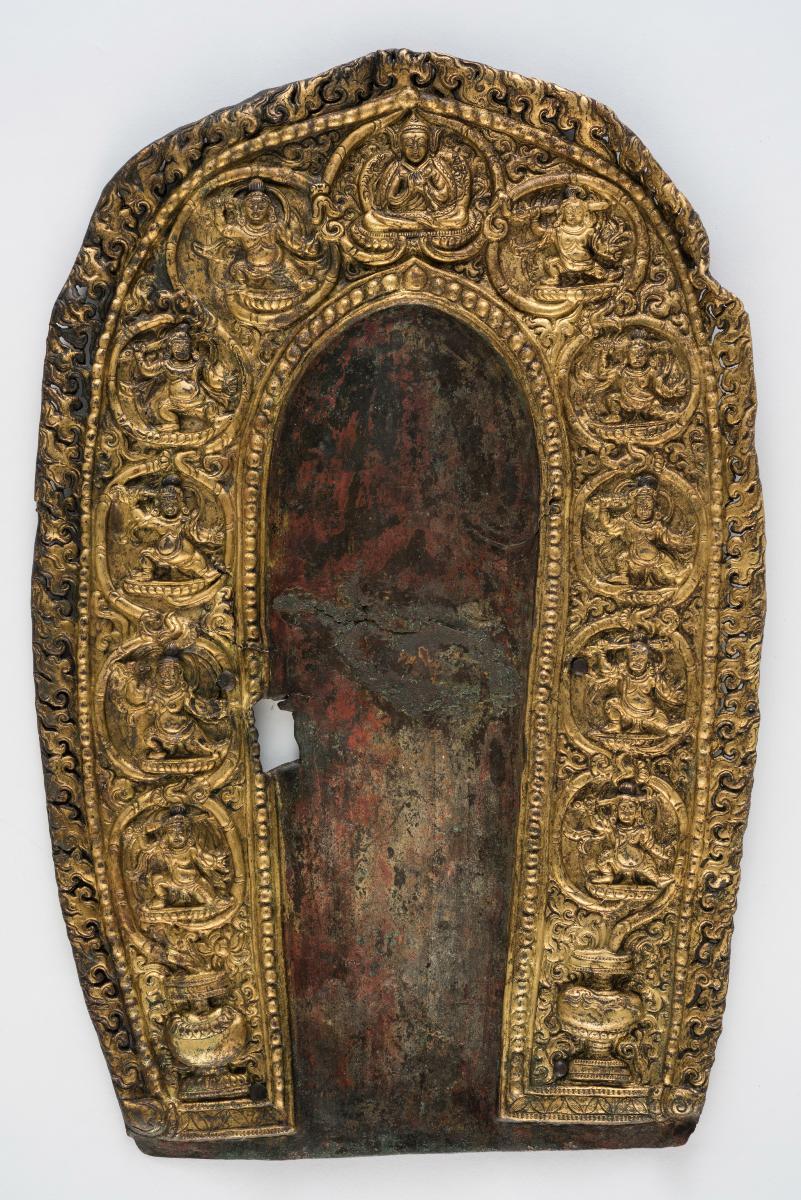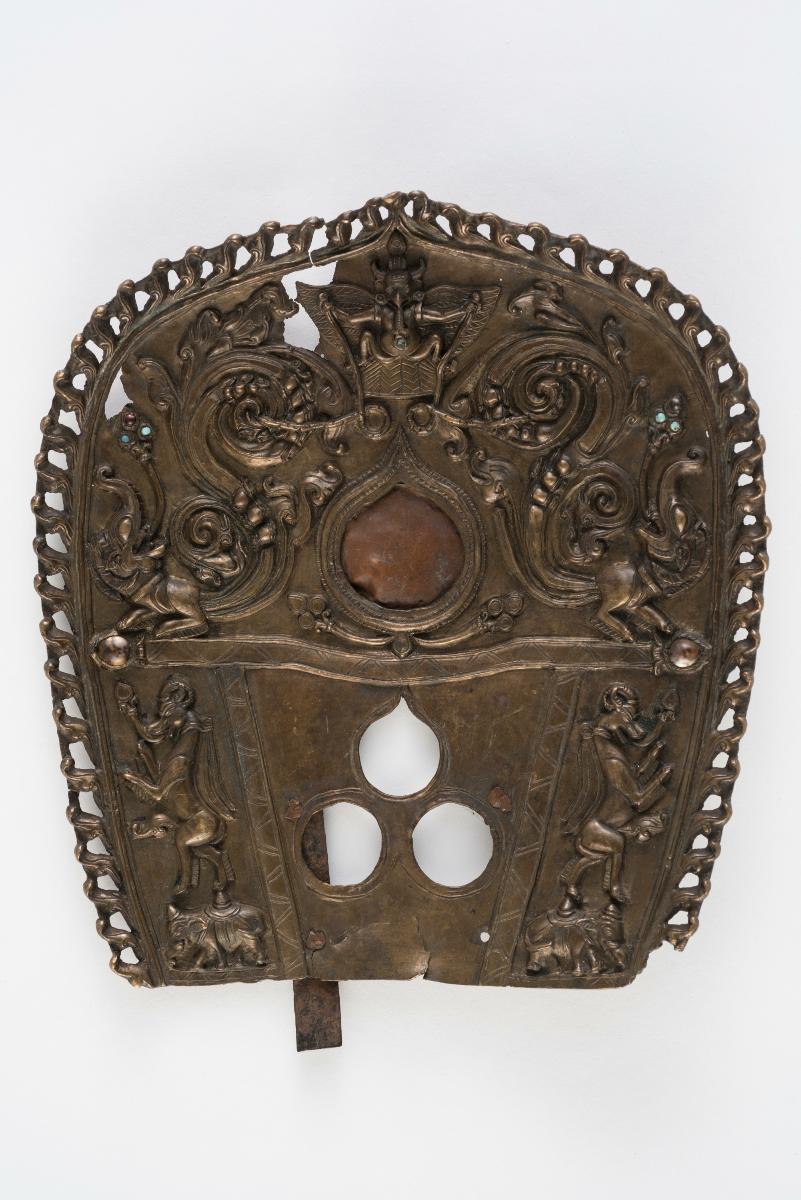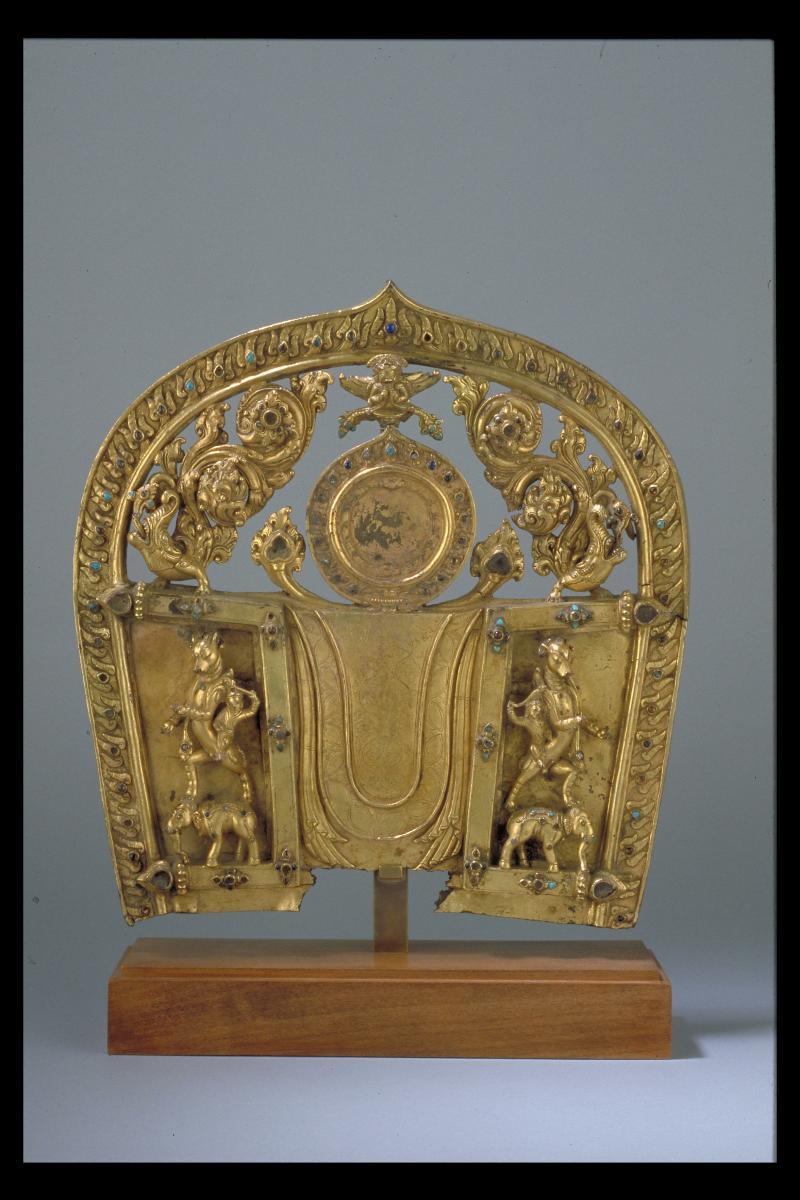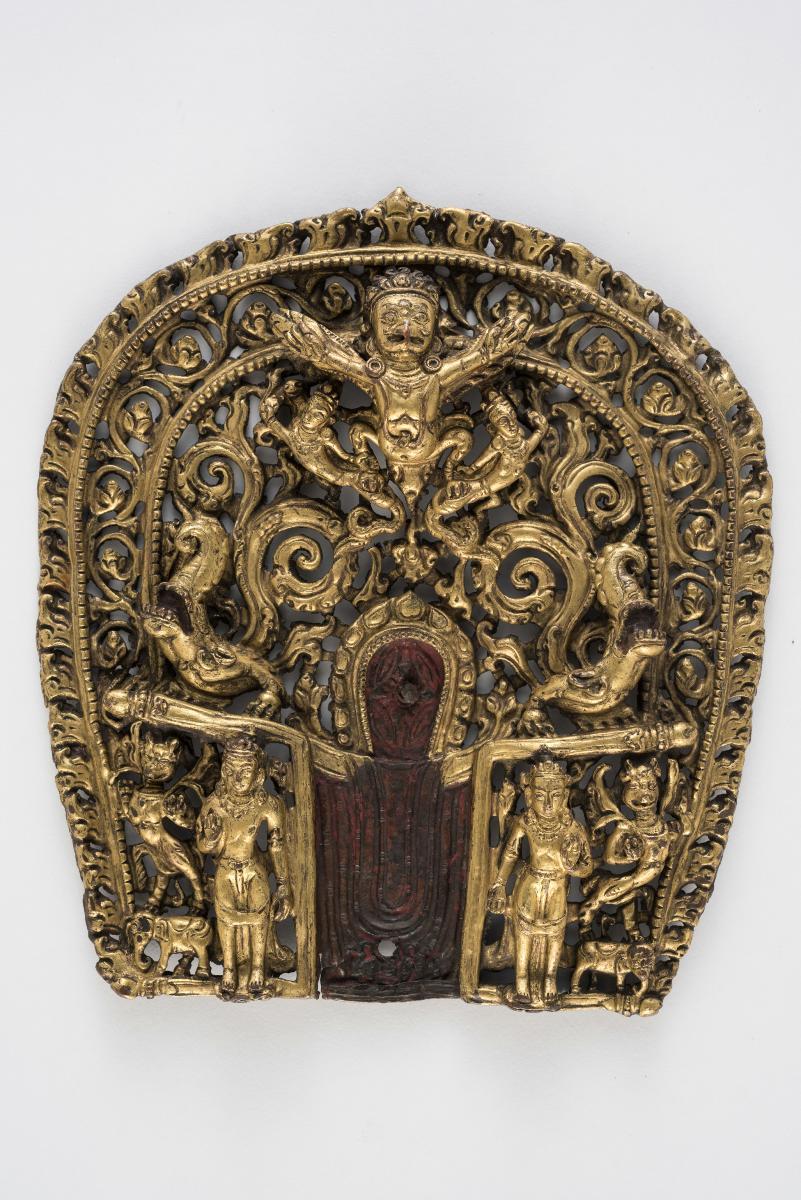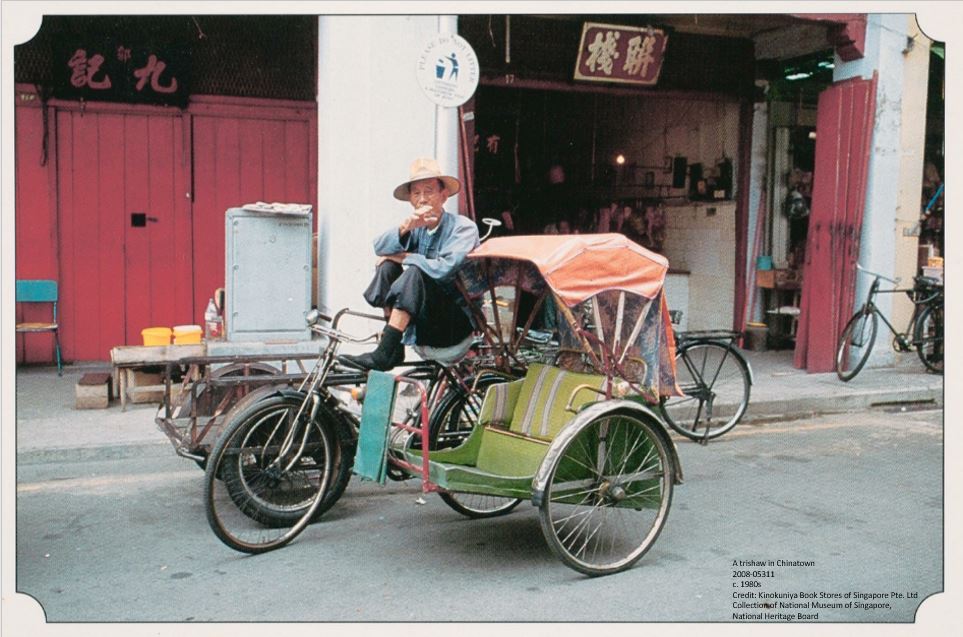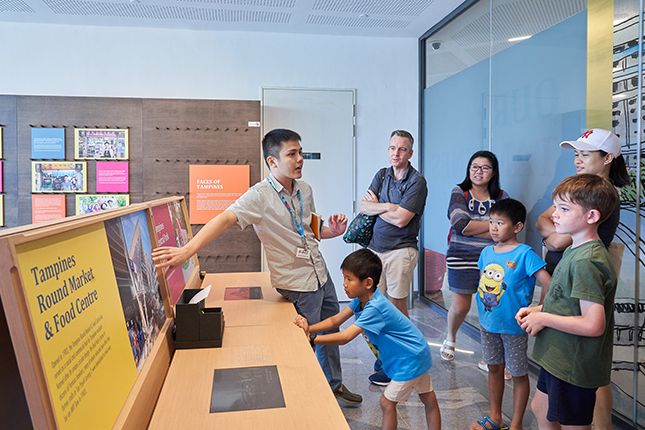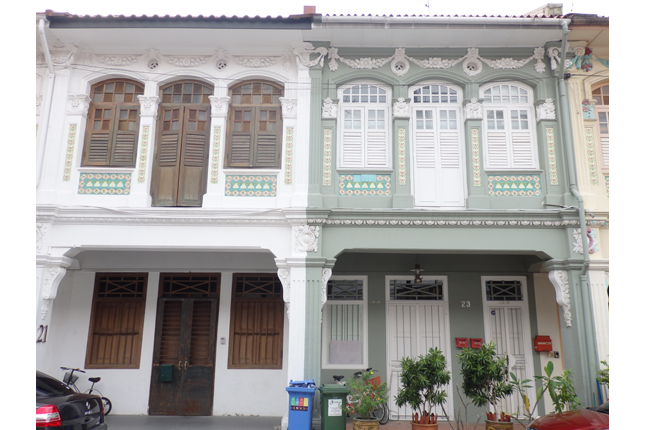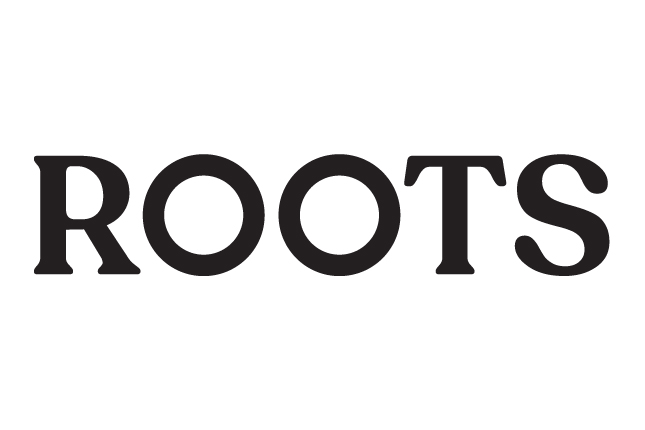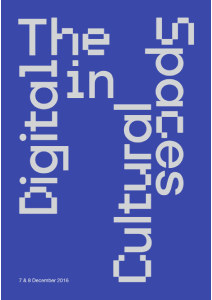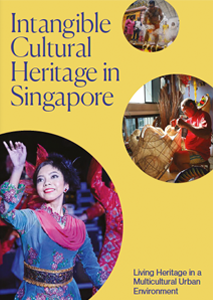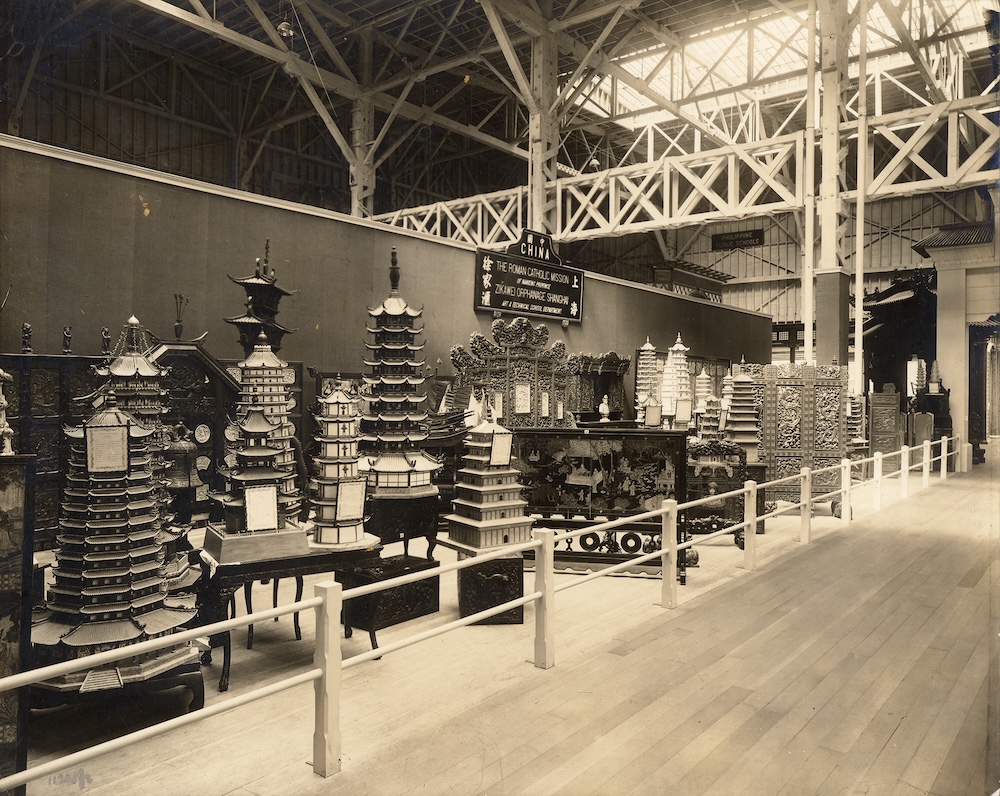Title
Mandorla for Tibetan Buddhist deities
Year/Period
13th-15th centuries
Region
Tibet
Material
Metal alloy
Technique
Various techniques of casting, alloying, hammering
Dimension
Object size: H42.5 x W27 x D2.3cm
Accession No.
2005-01487
Collection of
NLB Type
Metalwork
This bronze 'mandorla' is known as 'parikara' or 'prabha' (aureole). The oval shape parikara has ten dwarf-like pot-bellied 'bhairava-type' figures (Shiva as his most malevolent aspect) standing on lotus pedestals. The dwarves carry auspicious weapons used in Tantric Buddhism in their right hands and hold the left in 'tarjani mudra' (pointed index finger).Parikara refers to the large mandorla which covers the entire body of a divine figure. It is the effulgence or rays of light emitted from their being. This convention applies to all Hindu, Buddhist and Jaina figures. The parikara are cast separately and are usually detachable. Often, new ones are added to old metal statues, including the lotus bases.




